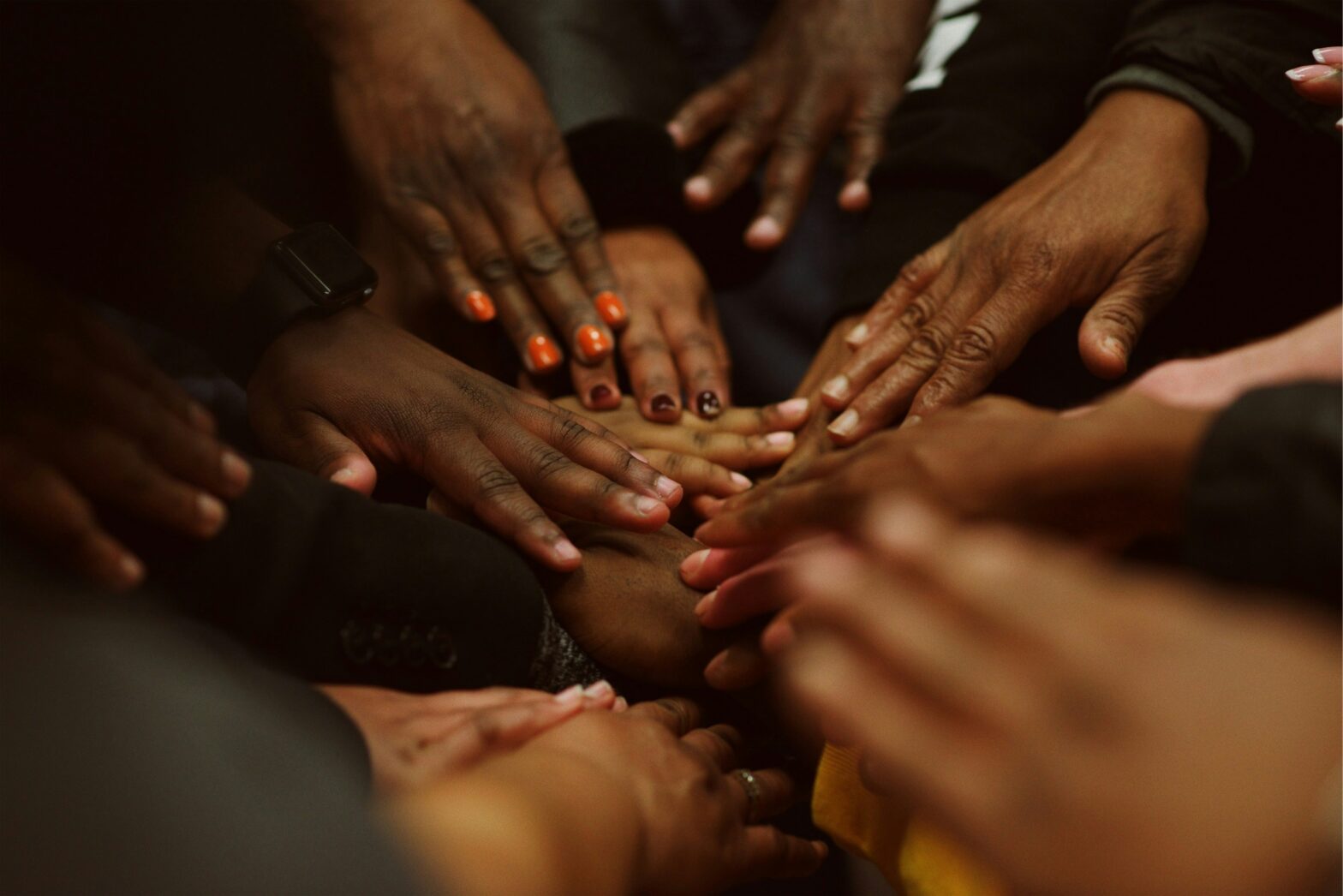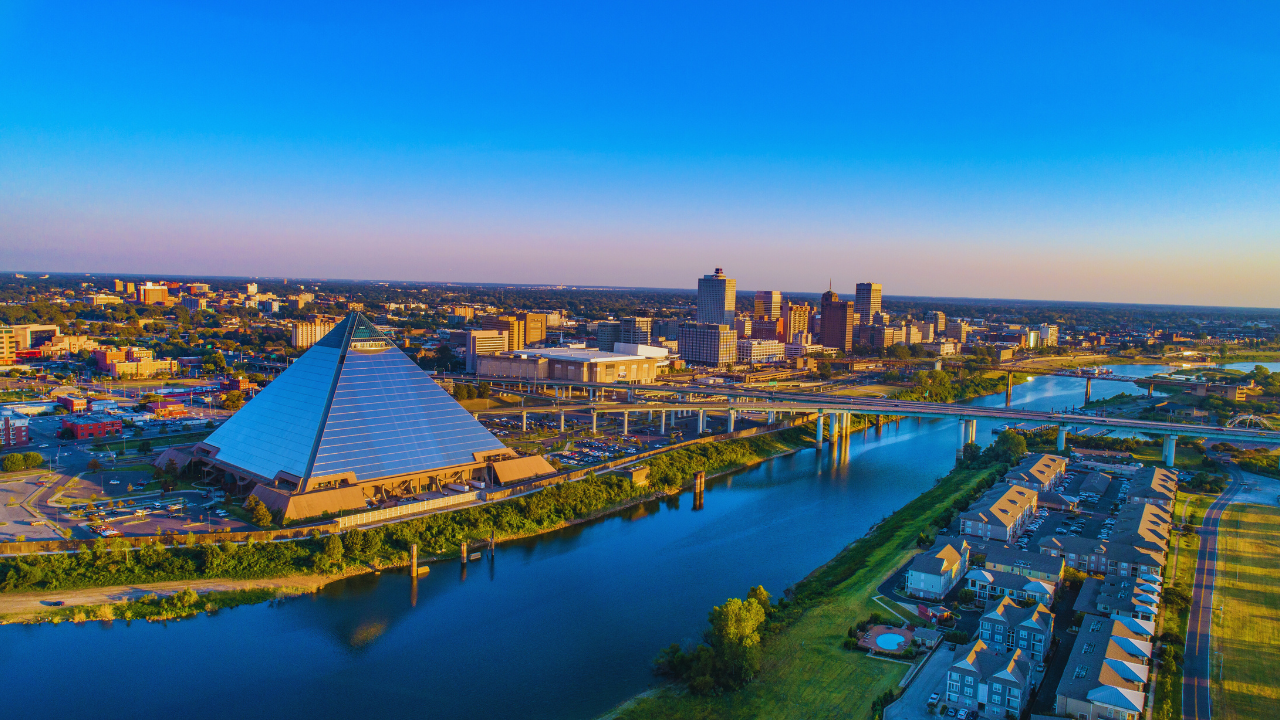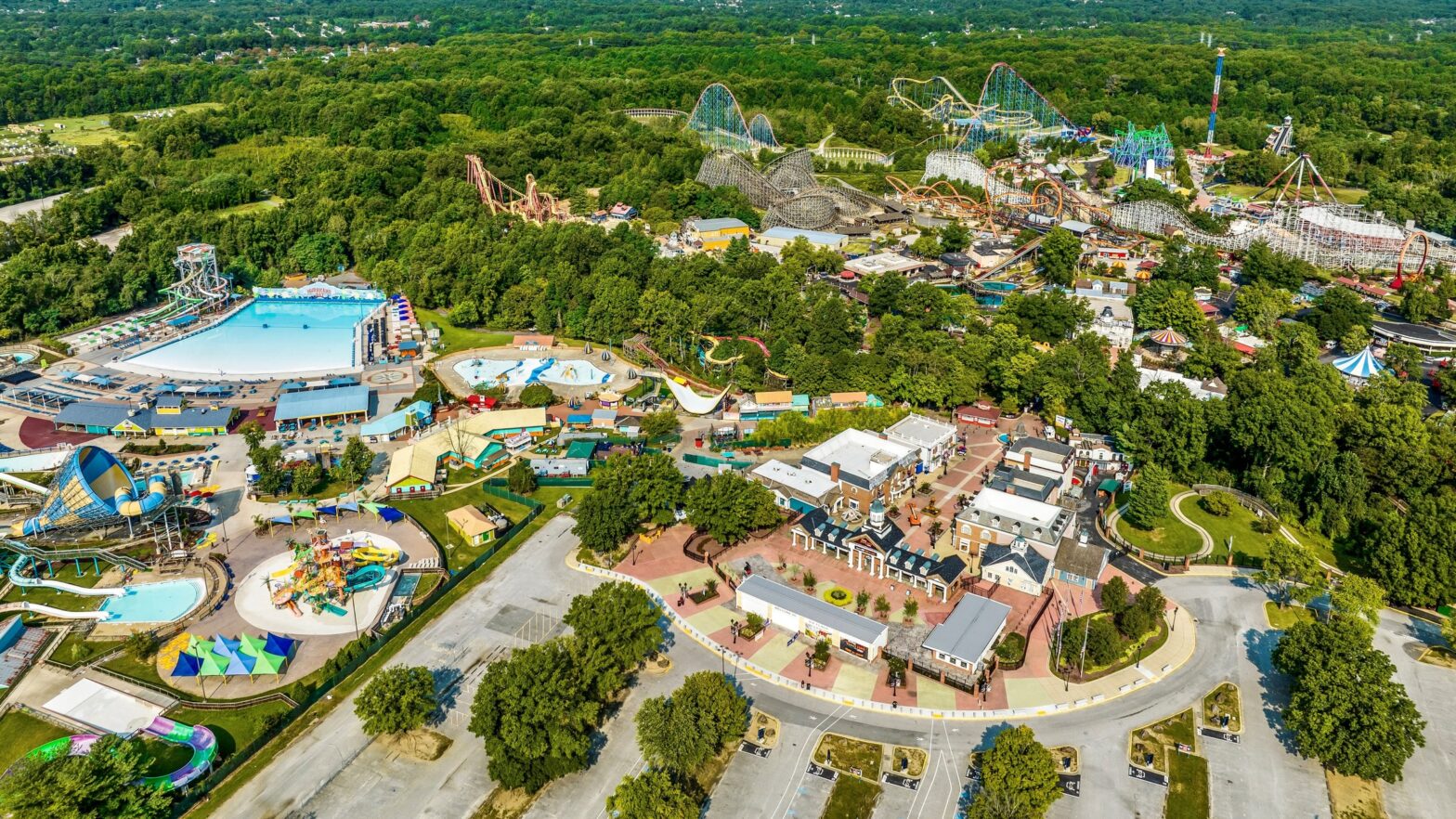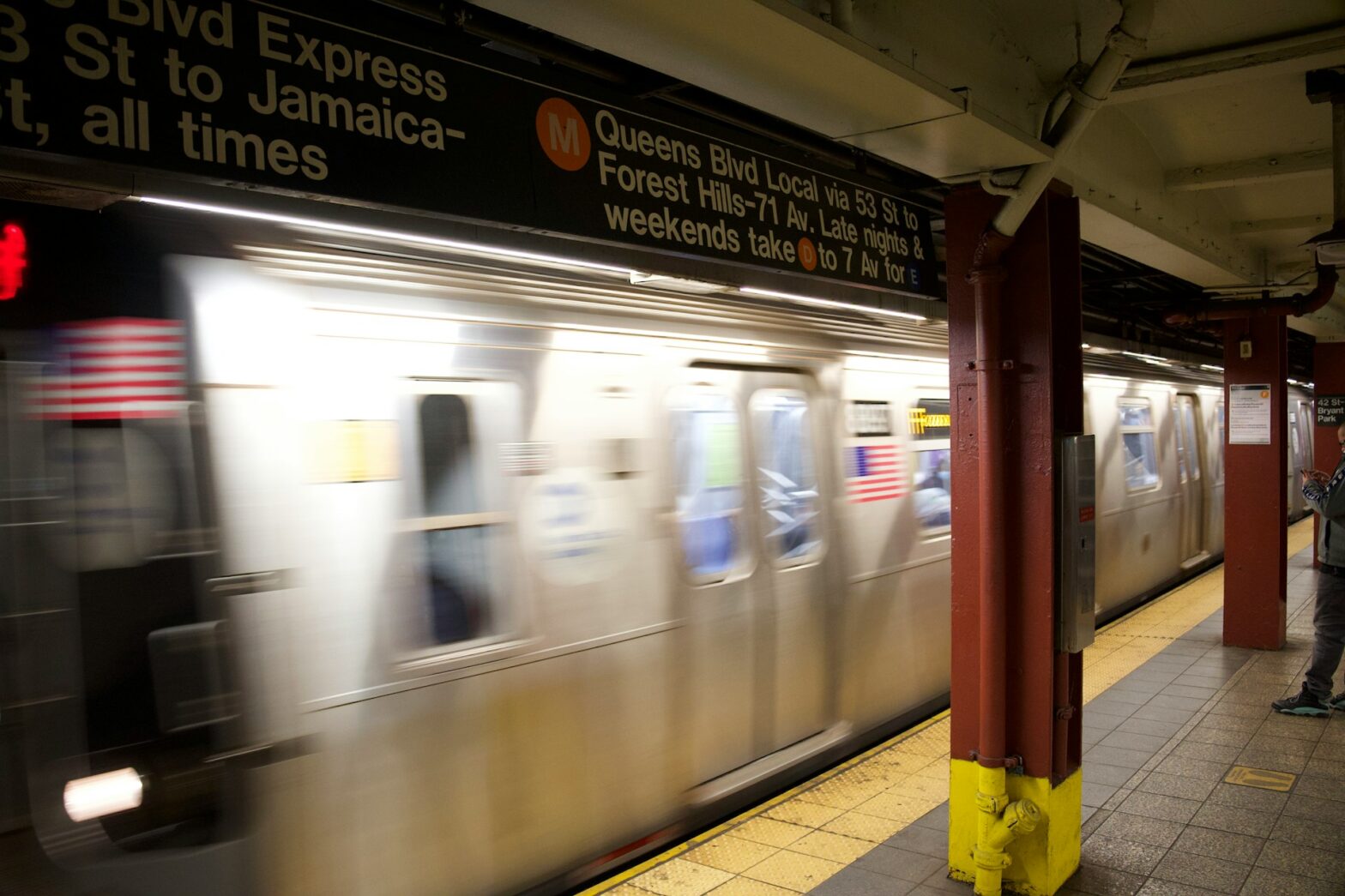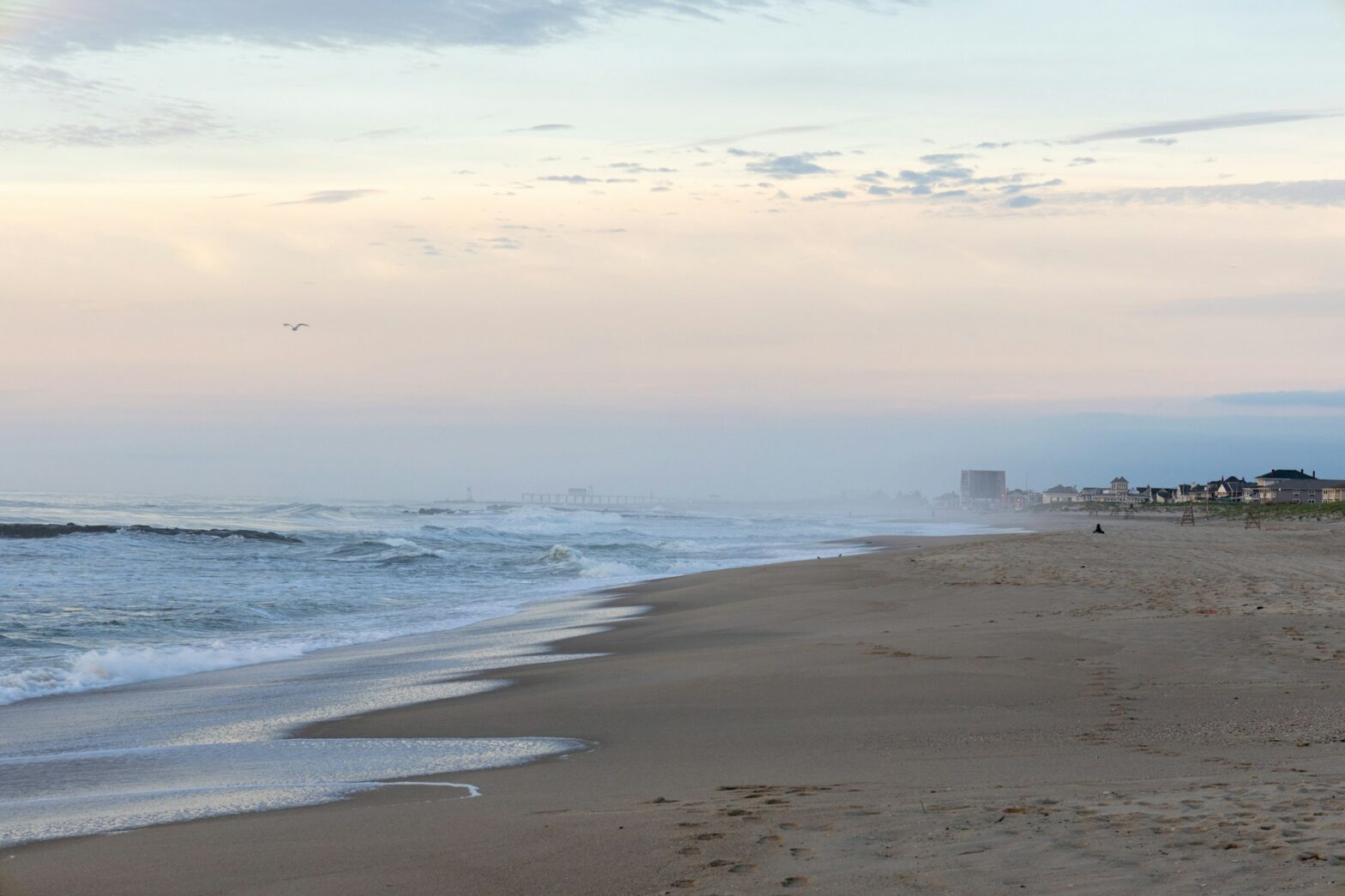Following the Revolution, the number of free Black people grew exponentially. Manumission, escape, serving in the military, and birth are all ways that Black people found their way to freedom. According to the National Museum of African American History & Culture, nearly 60,000 free African Americans were living in the United States in 1790. By 1860, there were nearly 500,000.
Freedom, however, was complex for Black Americans. There were nearly four million people of African descent enslaved in the United States in 1860. While those enslaved continued to fight for their freedom, those who were considered free were at risk of being kidnapped. Free Black people were required to carry badges and ID cards that identified them as free or face enslavement.
Many free Black Americans forged autonomous, tight-knit communities, neighborhoods, and foundations for freedom. Here are the stories behind some of the largely unknown free Black communities of the Americas.
Fort Mose, Florida
In the late 1600s, enslaved Africans escaped English plantations in the Carolinas after hearing that the Spaniards in St. Augustine would grant them freedom if they converted to Catholicism. More than 100 Africans arrived in 1738, and the Spanish established the fort and town of Fort Mose, according to the Florida Museum of Natural History. It was originally called Garcia Real de Santa Teresa de Mose.
Pronounced “Moh-say,” it is the first legally sanctioned free Black town in the U.S. Today, Fort Mose is known as Fort Mose Historic State Park.
Philadelphia, Pennsylvania
Philadelphia held one of the largest free Black communities in the nation. Between 1790 and 1800, the free Black population in Philadelphia grew by 176 percent. Successful entrepreneurs, laborers, tradespeople, and those who served as domestics made up the Black community.
Weeksville, New York
James Week founded Weeksville in 1838 because Black people wanted to have a safe haven of their own. It was known for its self-governance and those who resided here established churches and schools. The settlement was tucked away in what is now the modern-day neighborhood of Crown Heights in Brooklyn.
The community attracted Black people from the North and South.
Freedmen’s Town in Houston, Texas
In 1865, a brave group of formerly enslaved men, women, and their children established Freedmen’s Town. As Travel Noire previously reported, enslaved people began migrating to Austin, Dallas, Galveston, and other Texas cities after emancipation was proclaimed in Texas on June 19, 1865. The largest migration was to Houston. African Americans built a vital center for Black life in Houston with houses, churches, and brick roads that still exist in the community, although some of Houston’s downtown is built over the original community. Today, it is the Fourth Ward section of Houston.
Nicodemus, Kansas
Founded in 1877, it is the oldest and only remaining Black settlement west of the Mississippi River. Six Black entrepreneurs in Topeka joined a white developer to form the Nicodemus Town Company. The seven men wanted to establish an all-Black community using the Preemption Act of 1841 and the Homestead Act of 1862.
Snowden, South Carolina
While the origin of the Snowden name is unconfirmed, formerly enslaved people formed and settled here after the Civil War. A majority of Snowden residents were farmers and still farm much of their land today. Those who settled in Snowden had their own community grocery store, magistrate office, dance hall, chapel, and community meeting places. Snowden is one of several historic African American settlement communities in the Charleston area, including Cainhoy, Scanlonville, and Phillips.
Mound Bayou, Mississippi
Known as the “Jewel of the Delta,” formerly enslaved people founded Mound Bayou in 1887 and later incorporated it in 1898. It is one of the oldest all-Black municipalities in the United States. Mound Bayou had successful Black schools, three cotton gins, a library, churches, and Black-owned businesses during its prime.
Africatown, Alabama
There were 110 enslaved Africans on the Clotilda when it arrived in Mobile, Alabama, on July 9, 1860. They are widely known as the last enslaved people who were imported to the United States after the transatlantic slave trade was outlawed in 1808.
32 of the 110 purchased land just outside of Mobile and founded Africatown following the end of the Civil War. The community remains inhabited to this day.
Blackdom, New Mexico
Located 15 miles south of Roswell, Blackdom was incorporated in 1903 by 13 African Americans. The group formed the Blackdom Townsite Company with $10,000 in combined assets. Settlement began in an area of desert prairies around 1909. While the community’s exact population is unknown, some estimates show as many as 150 people. According to the National Park Service, the residents of Blackdom created a school for their children, which was first located inside the community church, ensuring access to education from the town’s early days.
Allensworth, California
Located about 250 miles south of San Francisco is Allensworth. It was founded in 1908 by Lt. Col. Allen Allensworth and William Payne. By 1909, it had become known as California’s first Black town founded, financed, and governed by African Americans. Allensworth grew quickly and thrived as Black residents started their own schools and businesses, and it was even home to a library and a post office. Allensworth’s prime years were 1912 through 1915.
San Basilio de Palenque, Colombia
The community San Basilio de Palenque was founded in the 17th century by escaped enslaved Africans who were led by Benkos Biohó. It is recognized as the first free town in the Americas. The village of Palenque de San Basilio is located in the foothills of the Montes de María, southeast of the regional capital, Cartagena.
Of the many palenques that existed during the time of its founding, only San Basilio has survived until the present day.
Palmares, Brazil
Palmares emerged as a refuge for enslaved Africans who fled Portuguese plantations in Brazil. Established in 1605, it was an autonomous republic within Brazil’s Alagoas State in Northeastern Brazil. It’s also widely known as Quilombo dos Palmares.
The term “Quilombo” represents the first link between Palmares and the culture of central Angola, where most slaves were forcibly brought to Brazil. By the 1690s, more than 20,000 people lived in Palmares. Between 1680 and 1686, six Portuguese expeditions attempted to conquer Palmares and failed.
The Portuguese defeated the Palmares community on February 6, 1694. While the original Palmares was destroyed in the late 17th century, the legacy of Palmares lives on as a symbol of resistance against slavery and oppression in Brazil.
Haiti
Haiti is recognized as the first independent Black republic in the world after a successful revolution against French colonial rule on January 1, 1804. The Caribbean country is the first nation to be founded by formerly enslaved people.
